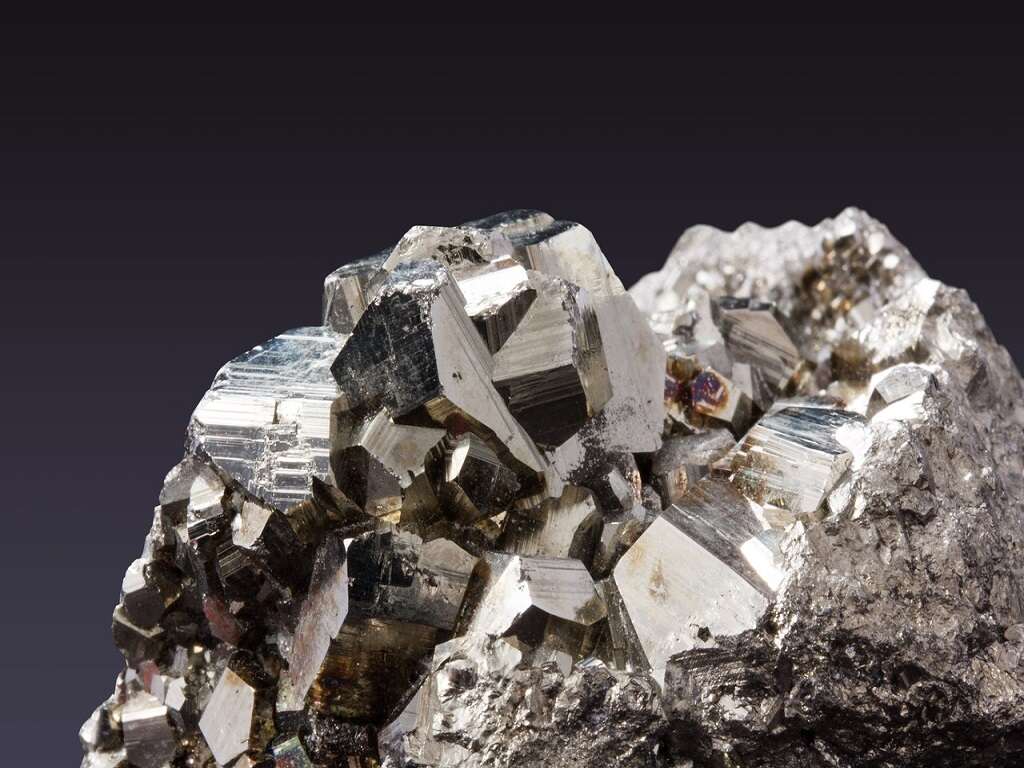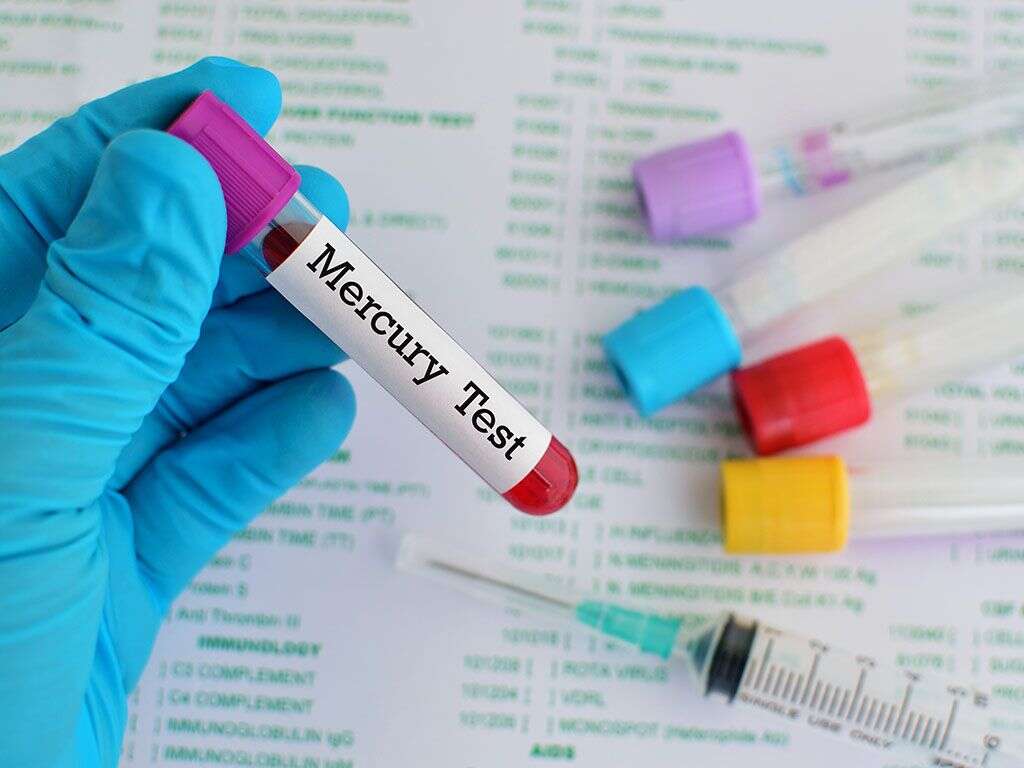What Is Mercury Poisoning?
Metals are naturally occurring elements and we have been able to use many of them to our advantage. Some can be mixed to create alloys, and different metals can have some very different properties to each other. Generally speaking, metals are very hard at room temperature, but this is not always the case.
All metals will become liquids if heated up enough, but some require less heat in order to melt. One example of this is mercury, which is a metal that will melt even at room temperature. The metal has been used in numerous ways, and it still is, but its toxicity means it is now used less commonly than it used to be.
1. Mercury Poisoning
Mercury may be a fascinating substance, but it comes with a downside – it is toxic to us. It is not uncommon and it is often found in the food that we eat. It is usually present in such small quantities, however, that it will not do us any harm. If it is able to accumulate in our body, however, then it can make us very ill.
Mercury used to be a lot more common in day to day life. It would be used in instruments like thermometers, although safer materials are now usually used. This has not prevented some people from developing mercury poisoning since, however.
2. Mercury In Fish
Mercury is a naturally occurring substance and there have always been trace elements of it in the food that we eat. Mercury is often used in industry, however, and industrial waste, including high levels of mercury, often finds its way to the sea. This then means that the fish and other animals living in the sea will contain more mercury themselves.
When people eat the fish, then they too will absorb more mercury. Those fish that tend to have the highest levels of mercury are the large, predatory species. This is because they prey on fish other fish that contain mercury, meaning they ingest some of the metal every time they have a meal.

3. Other Sources
While fish is one of the most common sources of mercury poisoning, the metal can be ingested from other sources as well. Among the most common is broken mercury thermometers, hence why their use has been banned throughout much of the world. Mercury is also sometimes used in dental fillings, which is another potential source.
Some people might be exposed to the metal in an industrialized setting, making it important that all necessary precautions are taken. Mercury is also used in some cosmetics, while it is also sometimes used in jewelry. If you are purchasing such products from countries with looser regulatory standards, it a good idea to be sure what they are made from.
4. Mercury Poisoning In Children
If a pregnant woman was to have high levels of mercury in her body then this can spell problems for the developing fetus. The metal can cause considerable problems for the fetus’s development meaning they may be born with problems. Mercury poisoning can also impact the development of young children that have already been born.
The metal can impact the development of their ability to speak and understand others. Their visual-spatial awareness can also suffer, as can their motor skills. Young children with mercury poisoning can also develop cognitive problems. Parents should be careful in regards to mercury exposure to their children, whether they are born or not.

5. Symptoms
Very small amounts of mercury in our body are unlikely to do us any harm. It is only when they accumulate to dangerous levels that symptoms will begin to show. The levels of mercury will take a long time to accumulate, and the symptoms will also develop very gradually as a result.
When symptoms do start to be noticeable, the patient is likely to start feeling irritable. They can also find that their memory begins to fail then, and they can become uncharacteristically shy. Mercury poisoning can also cause the patient to experience numbness in various parts of their body, and they may also start to experience tremors. Depression and anxiety are also likely symptoms.
6. Advanced Symptoms
If action is not taken then the levels of mercury can continue to accumulate in the patient’s body. The symptoms will also get worse as a result. In addition to their existing symptoms, people with advanced mercury poisoning are also likely to develop additional symptoms. Advanced symptoms of mercury poisoning include losing strength in the muscles and a loss of coordination.
The patient can also start developing problems with their hearing, and even speaking can become increasingly difficult for them. They can experience difficulties with walking and their vision can also begin to suffer. These symptoms should encourage any person to get medical advice regardless of the suspected cause.

7. Complications
In addition to the symptoms already mentioned, mercury poisoning can cause some quite severe complications. When it affects the development of children, for example, then the child may have permanent physical and mental issues. Some will develop learning disabilities that will have a considerable impact on the quality of their life.
In adults, as well as children, mercury poisoning can go on to cause damage to the kidneys and to the brain. The damage is likely to be permanent and it can be severe. Complications caused by mercury poisoning will result in a fatality in some cases.
8. Prevention
Perhaps the most common source of mercury poisoning today is through ingesting too much seafood that contains the metal. This especially means larger species like sharks, swordfish, and tuna. Pregnant women especially should try and avoid seafood within reason to help limit their mercury intake.
People that are exposed to the metal regularly should take precautions. This includes people working in certain industrial settings and any other vocation that brings you into contact with mercury. If you have items like mercury thermometers at home then make sure to keep them in a safe place and consider using safer alternatives instead.

9. Diagnosing
Diagnosing mercury poisoning well tend to involve a physical exam and questions about the patient’s medical history. They will also likely be asked about their eating habits, particularly whether they eat a lot of sea food. The patient will also be asked questions about their symptoms and how long they have had them.
In order to get a confirmed diagnosis, the doctor will likely request blood and urine samples. These can then be sent to a laboratory to where they can be examined for mercury levels. If levels of mercury are higher than they should be then the professionals can be confident what the problems is.
10. Treatment
There is no way to cure mercury poisoning as far as we know. The patient can still be treated, however, to limit the impact of the poisoning. The first step is to find the source of the poisoning and eliminate it to prevent further mercury accumulating in the patient’s system.
This will often mean stopping eating seafood, while it can also mean removing yourself from contaminated environments. Depending on how much mercury there may be in your system, chelation therapy may be required to help remove it. While the damage done is permanent, therapy can help the patient to recover to a degree.








